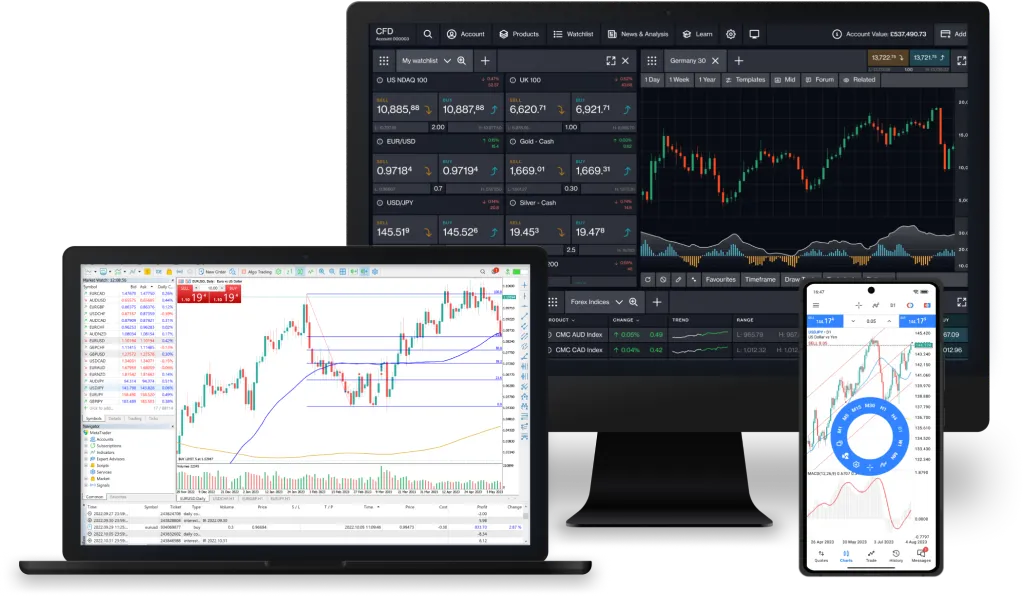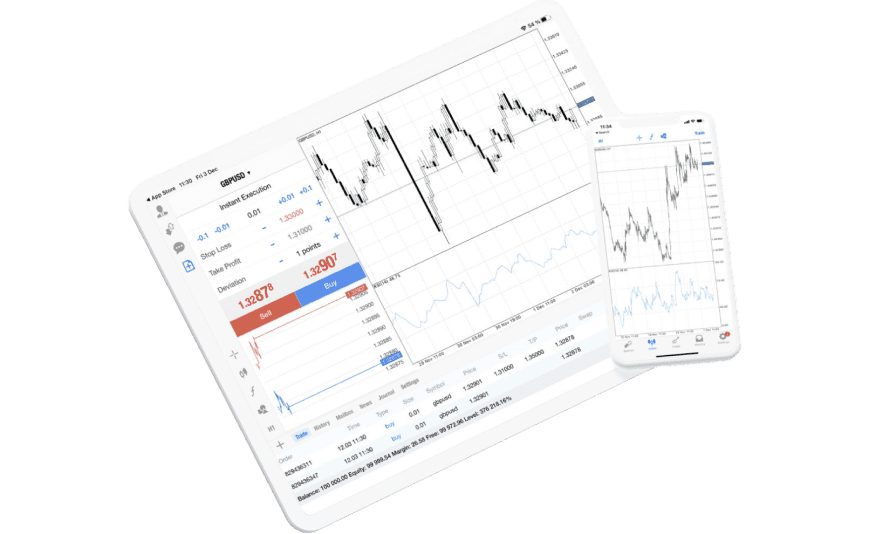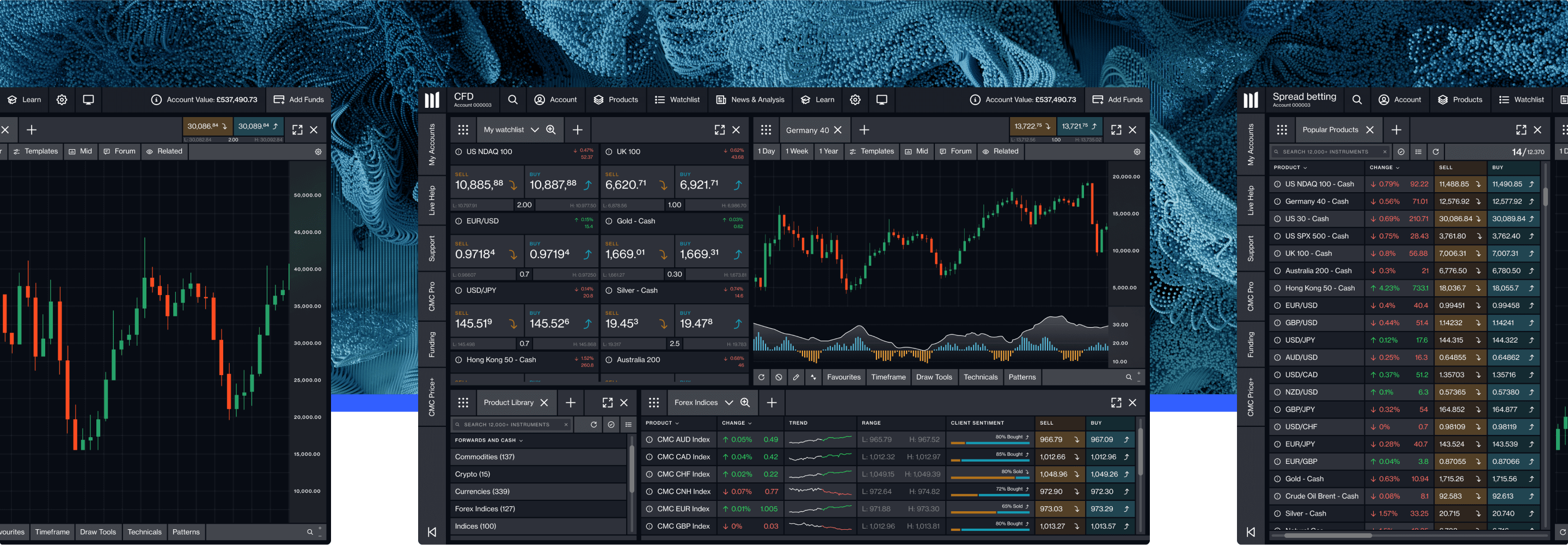An award-winning trading experience for CFD traders¹
Trade with leverage on forex, indices, commodities, cryptos, shares and more. Access key markets on the globally renowned MetaTrader 4 (MT4) or MT5 platforms, or choose from over 10,000 instruments on our powerful web platform and mobile app, or by integrating TradingView.
Trustpilot micro placeholder
Established 1989
1M+ global clients⁴
FTSE 250 group
Trustpilot micro placeholder
Open MetaTrader accountLog in

















